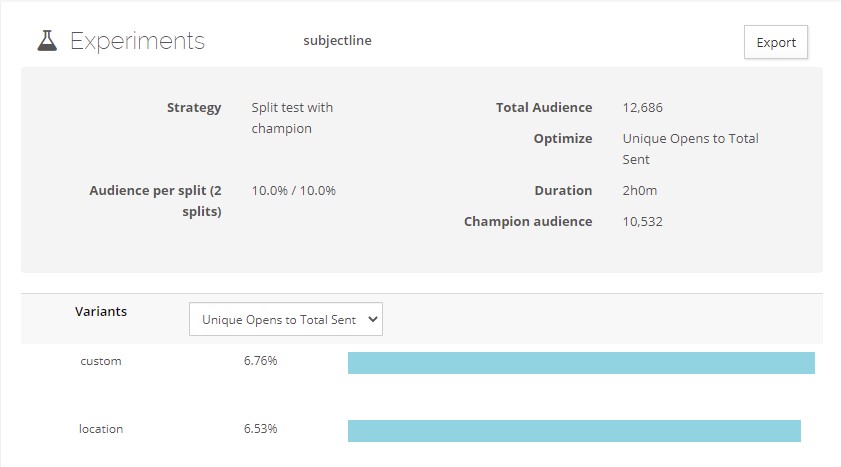Testing, testing. Is this thing on? [That was my only Dad joke of the blog post, I swear!]
You've probably heard the term A/B Testing. But what does it mean? Why would you use it? How do you even do it? I'll answer all these questions and more, just keep reading.
What does A/B Testing mean?
A/B Testing is also known as split testing. It's taking two variations and running them simultaneously to a group of people to see which performs the best. You can do this in two ways:
- A is your "control" (or the current variation) and B is your "test". You want to determine if your old standby (A) is as trusty as you believe or see if the new option (B) is more enticing.
- A and B have never been used before and you are pitting them head-to-head to see which wins.
The A/B method of testing can be used outside of websites. Google Ads allows for A/B testing of ad creative so you know which ad generates the most activity and you can use this method of testing inside most email platforms, as well.
Why use A/B testing?
If you could make a small change and generate 10% more leads, would you want that? If changing the color of your button meant 24% of people no longer clicked on it, would you want to know that before you implemented it for all your site traffic?
A/B testing gives you insight into a small segment of your audience to know how something will perform. It's eliminating the guesswork and gives you a chance to try to beat the standard.
You can also use A/B testing to run a small test and the winner gets shown to the larger group.
Example: You have an email blast to send out. You take 10% of your list and send half subject line A and the other half subject line B. After 2 hours, determine which subject line resulted in the most opens and then send that subject line to the remaining 90% of your list.

How do you decide a winner in an A/B test?
That depends on your goal. If you are testing button CTAs to see which generates more form submissions, then you will probably determine a winner based on which variation got the most submissions. You may also want to consider which button variation got the most clicks.
If you want to more people to buy a product, then the variation that completes the buying action the most is deemed the winner.

Is an A/B test always a 50/50 split?
In short, no. An A/B test can be conducted on a smaller scale and doesn't require half of your audience to see the test variation. Just remember when looking at results to compare like numbers (equal number of views on each variation) or your data will be skewed.
How do you perform an A/B test?
If you are ultra-tech savvy, you can do this with some heavy development work and data tracking. If you want an easier route, there are a number of services available that can help you. Here are two I've used and would recommend.
VWO: A paid subscription is required. A/B testing, multi-variant testing, and more is offered by VWO. This platform is ideal for the data driven company who needs more complex testing scenarios.
Optimize: A free Google service. Requires a bit more technical know-how to implement on your site but the data is all collected within the platform with easy to read results. Tracked events can be seen inside Analytics, too.
The hardest part of A/B testing is figuring out which test to run first! Do you go with buttons, colors, CTA, content ... the possibilities are limitless.





